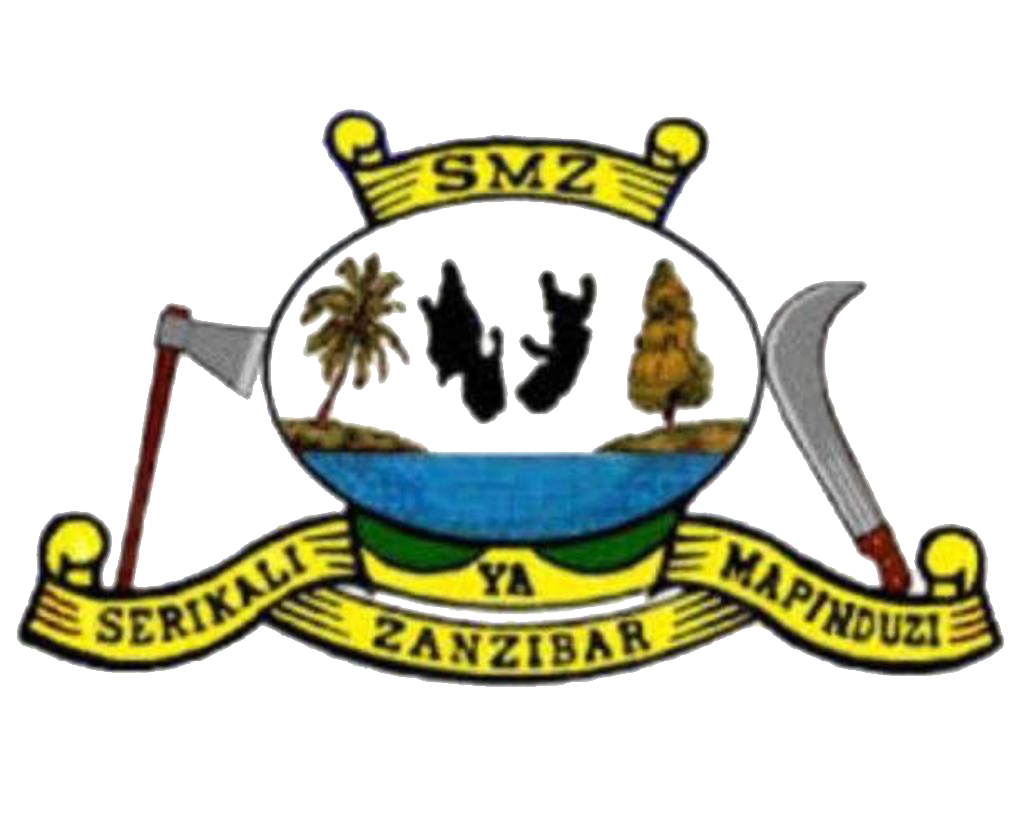An Environmental Audit shall be undertaken for any activity or project which is operating without an Environmental Impact Assessment Certificate and is likely to have significant impacts on environment and society; or for an activity or project which has been operating with an Environmental Impact Assessment Certificate for a period of five years from the date of commencement of the operation phase.
Who undertakes an Environmental Audit in Zanzibar?
According to the Zanzibar Environmental Management Act No 3 of 2015, an Environmental Audit must be carried out by recognized experts or firms. The firm or expert is required to fill in a registration to apply for this recognition at the Zanzibar Environmental Management Authority (ZEMA).
Procedure for conducting an EA
- Registration: A proponent must register his or her project with ZEMA by filling in registration forms and submitting these with a bank pay-in-slip for the registration fee. The fee shall be determined by ZEMA, taking into consideration the nature and scale of the project.
- Selecting an expert or firm to conduct the audit study: The ZEMA submits to the proponent the list of recognized experts/firm eligible for conducting EA in Zanzibar. From that list, a proponent is supposed to select and make an agreement with one firm to conduct the assessment. Next, a proponent is required to provide written notification to ZEMA on the name of the expert/firm he/she has selected to prepare an EA for the activity.
- Scoping: A scoping report will be developed by an expert or firm to identify past and present environmental and social impact of the project and takes into consideration major concerns of each potential stakeholder. The scoping exercise also establishes the ToR and boundary of the EA Study. The Scoping report and ToR are submitted to ZEMA for approval.
- Preparation of EA Report: Once the ToR is approved, the audit can be undertaken, and an EA report is prepared. The report describes the project components as well as identifying past and present environmental and social impacts of the project or activity, together with mitigation measures to minimize the negative impact.
- Submission of the EA Report to ZEMA: Once the EA study is completed, the proponent, through his/her selected expert or firm, submits 18 hard copies and one soft copy of the report to ZEMA for review.
- Circulating the Report to other stakeholders: ZEMA will circulate the EA report to the relevant stakeholders to get their views and comments. These stakeholders submit their comments to ZEMA in writing before the review meeting is held.
- Site verification: This takes place before the review meeting is held. The objective is to become familiar with the project by physically observing the project area, and to confirm what is written in the report. The project proponent will have to pay the fees for site verification, as well as for reviewing the document.
- Review of the EIA Report: This review is conducted to gain the stakeholder’s evaluation of the strengths and weakness of assessment of the EA report, based on the review criteria set by ZEMA.
- Decision-making: The outcome of the review could be EA approval, EA disapproval or a request for further information.
- Issuing of EA Certificate: In case the EA report is accepted, the EA certificate will be issued, with conditions attached. The certificate will be valid for five years.
- Monitoring the project by ZEMA: This is conducted by ZEMA in order to ensure compliance and adherence to the approved environmental and social management plan, and to make sure the conditions attached with EIA certificate are fully complied.

